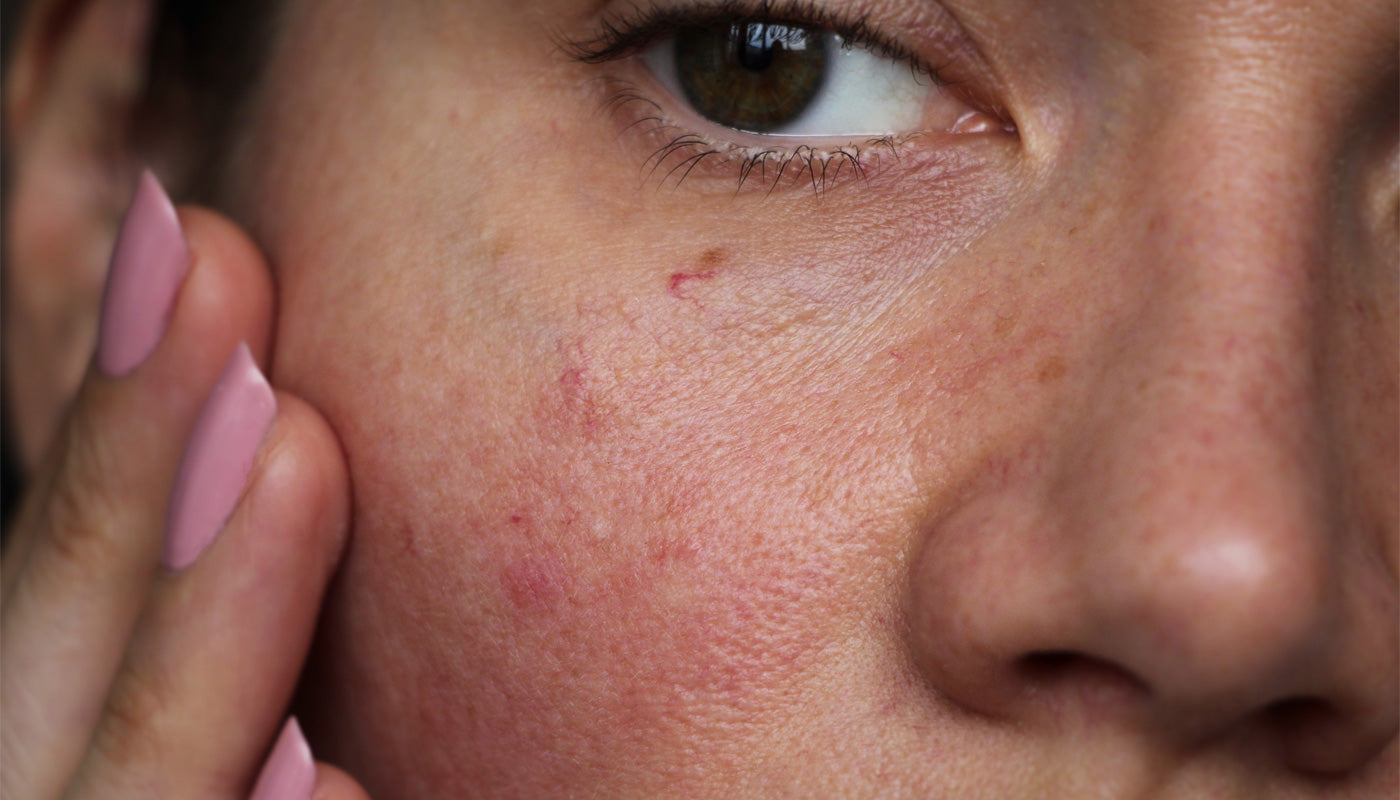Acne is a common skin condition that affects millions of people worldwide. It can be frustrating and challenging to manage, but with the right knowledge and treatment, it’s possible to achieve clearer skin. In this blog post, we'll delve into the nature of acne, its causes, and how three key ingredients—salicylic acid, niacinamide, and azelaic acid—can help in treating and preventing acne.
What is Acne?
Acne is a skin condition that occurs when hair follicles become clogged with oil and dead skin cells. This can lead to the formation of pimples, blackheads, whiteheads, and cysts. Acne is most common among teenagers, but it can affect individuals of all ages.
Causes of Acne
Several factors contribute to the development of acne, including:
- Hormonal Changes: Hormonal fluctuations, especially during puberty, can increase oil production in the skin.
- Excess Oil Production: Overactive sebaceous glands can lead to clogged pores.
- Bacteria: Propionibacterium acnes (P. acnes) bacteria can multiply in clogged pores, causing inflammation.
- Diet and Lifestyle: Certain foods and stress can exacerbate acne in some individuals.
- Genetics: A family history of acne can increase the likelihood of developing it.
Key Ingredients for Acne Treatment
1. Salicylic Acid
Salicylic acid is a beta hydroxy acid (BHA) that is widely used in acne treatment. It works by:
- Exfoliating the Skin: Salicylic acid penetrates the pores and exfoliates from within, removing dead skin cells and unclogging pores.
- Reducing Inflammation: It has anti-inflammatory properties that help reduce redness and swelling associated with acne.
- Preventing Future Breakouts: By keeping the pores clear, salicylic acid helps prevent new acne from forming.
How to Use: Salicylic acid can be found in various over-the-counter products, such as cleansers, toners, and spot treatments. Start with a lower concentration (0.5% to 2%) to see how your skin reacts and use it once or twice daily.
2. Niacinamide
Niacinamide, also known as vitamin B3, is a versatile ingredient beneficial for acne-prone skin. It works by:
- Regulating Oil Production: Niacinamide helps to control the production of sebum, reducing the likelihood of clogged pores.
- Minimizing Pore Appearance: It can make pores appear smaller, giving the skin a smoother look.
- Anti-Inflammatory Effects: Niacinamide reduces inflammation and redness, calming irritated skin.
- Enhancing Skin Barrier: It strengthens the skin's barrier function, helping it retain moisture and protect against environmental stressors.
How to Use: Niacinamide is available in serums, moisturizers, and toners. It is typically used in concentrations ranging from 2% to 10%. Apply it after cleansing and before moisturizing, once or twice a day.
3. Azelaic Acid
Azelaic acid is a naturally occurring acid found in grains like barley, wheat, and rye. It has several benefits for acne-prone skin, including:
- Antibacterial Properties: Azelaic acid helps to reduce the growth of acne-causing bacteria.
- Exfoliating Action: It gently exfoliates the skin, preventing the buildup of dead skin cells that can clog pores.
- Reducing Hyperpigmentation: Azelaic acid can fade post-acne marks and hyperpigmentation, leading to a more even skin tone.
- Anti-Inflammatory Effects: It reduces inflammation and soothes the skin, making it effective for treating rosacea as well as acne.
How to Use: Azelaic acid is available in over-the-counter and prescription formulations, usually in concentrations of 10% to 20%. It can be applied once or twice daily, after cleansing and before moisturizing.
Combining These Ingredients
When using multiple active ingredients, it’s essential to introduce them gradually and observe how your skin reacts. Here’s a suggested routine for incorporating salicylic acid, niacinamide, and azelaic acid into your skincare regimen:
-
Morning Routine:
- Cleanser: Use a gentle cleanser to start your day.
- Toner: Apply a toner containing salicylic acid.
- Serum: Apply niacinamide serum.
- Moisturizer: Use a lightweight, non-comedogenic moisturizer.
- Sunscreen: Finish with a broad-spectrum SPF 30 sunscreen to protect your skin.
-
Evening Routine:
- Cleanser: Use a gentle cleanser to remove dirt and makeup.
- Treatment: Apply azelaic acid to target acne and hyperpigmentation.
- Serum: Apply niacinamide serum.
- Moisturizer: Use a nourishing, non-comedogenic moisturiser


Leave a comment
This site is protected by hCaptcha and the hCaptcha Privacy Policy and Terms of Service apply.